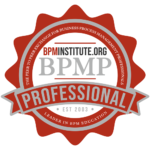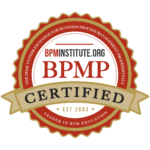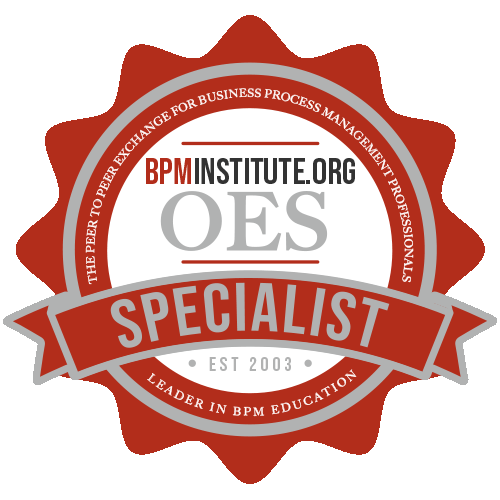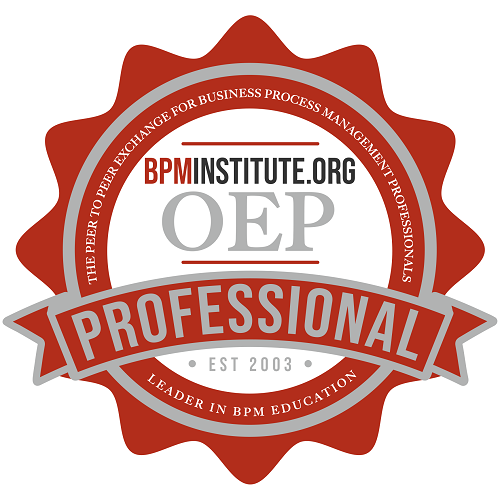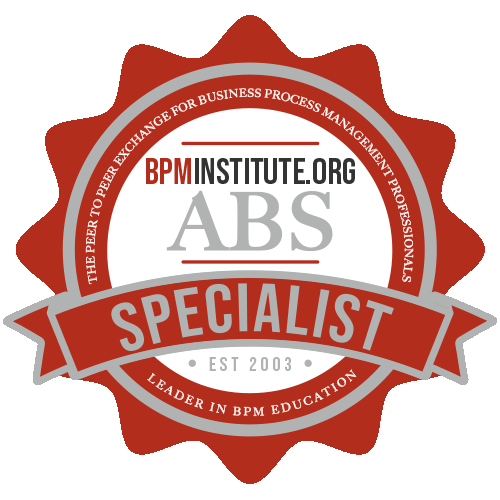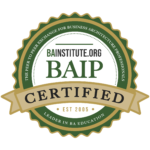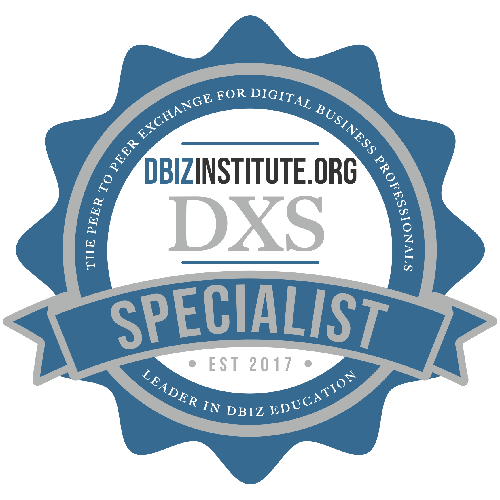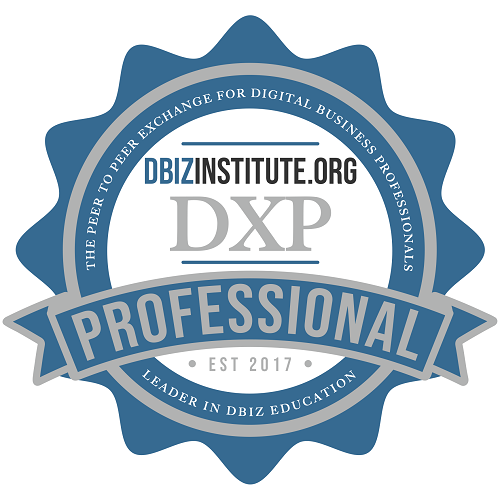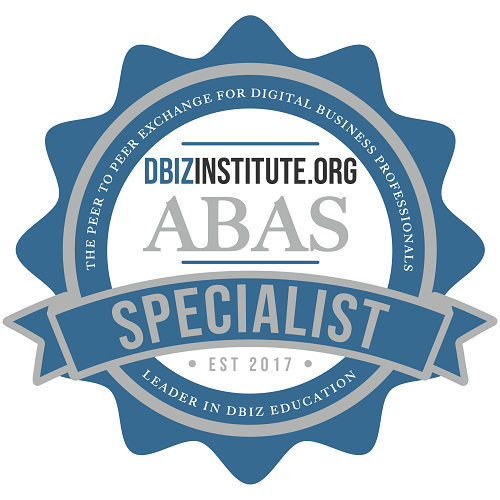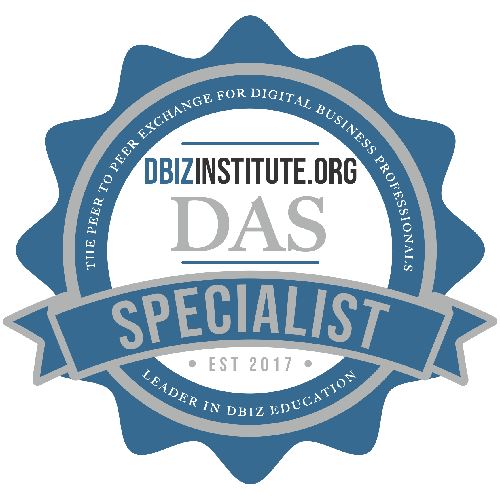Home / Resources
Resources
Discover a Wealth of BPM Knowledge and Expertise at BPMInstitute.org!

Changing the Organizational Leadership DNA to Support a Digital Business
“You can change everything about your business by changing your thinking about your business” – Zig Ziglar
Every day, I get up inspired and passionate about the opportunities in front of our company, to “Improve the health and well-being of our customers and communities”. This is our rallying call, our lifeblood, and our purpose that fuels our passion. This is the WHAT we are here to do, as we serve our State, as a Health Insurer with a mission and vision of service.
Being clear in the WHAT, with a strong mission, vision and strategy, is an important foundation. Equally important is the HOW we are going to get there. I have the privilege of leading the teams that serve as the Enterprise Business Strategy Activation arm and several change initiatives that are shifting how we think about the business.

Are Your Processes Hi-DEF?
Leading an organization requires managers to periodically take a step back and assess the organization’s operations to truly see the cards they have in their hand. An awareness of the current situation gives managers that critical understanding of their strengths and their deficiencies – necessities when plotting a future course of action. Without such knowledge, any strategy or plan floats without connection to reality and this is a surefire way to ensure confusion and chaos reign in the employee ranks.

Gemba Walks – A Foundational Methodology in Enterprise Excellence Deployment
As Part of a Business Transformation and Enterprise Excellence strategy, how can the methodologies & tools of Operational Excellence be integrated into Business Strategy?

Automating Daily Tasks With Robotic Process Automation (RPA)
Join Gregg Rock, Clay Richardson and Cornelius Pone as they provide you an overview of where and when you can implement Robotic Process Automation (RPA) as well as demonstrate an actual bot automating an arduous task.
RPA is something you should consider if you are wanting to reduce risk, redundancy and errors and increase productivity and compliance by automating daily tasks such as the following:
- Extract and enter form data
- Log into multiple systems
- Download reports
- Change passwords
What is RPA
Robotic process automation (RPA) is the application of technology that automates workflows of administrative tasks and processes, leveraging artificial intelligence and machine learning to complete and manage more complex work and tasks.
Find out how to build your own bots at the end of the webcast.

Business Architecture – A New Depiction
This paper discusses a new depiction of Business Architecture within Enterprise Architecture to bring clarity on how Business Architecture relates to other Architecture domains & to Business Planning.

The Future-Proofing Business Architect: Lessons from the Field
“It is always wise to look ahead, but difficult to look further than you can see.” – Winston Churchill

The Value Creation System
“The purpose of business is to create and keep a customer.”(Peter Drucker)
This article proposes a conceptual framework for describing business organizations as complex systems, much like live organisms, whose parts function in an orchestrated manner for the sole purpose of creating customer value.
The impetus behind it was the growing realization that while most business publications focus on the tactical aspects of running a business (the “how” of the business), few tackle head-on are the foundational principles of strong business models (the “why” of a business).
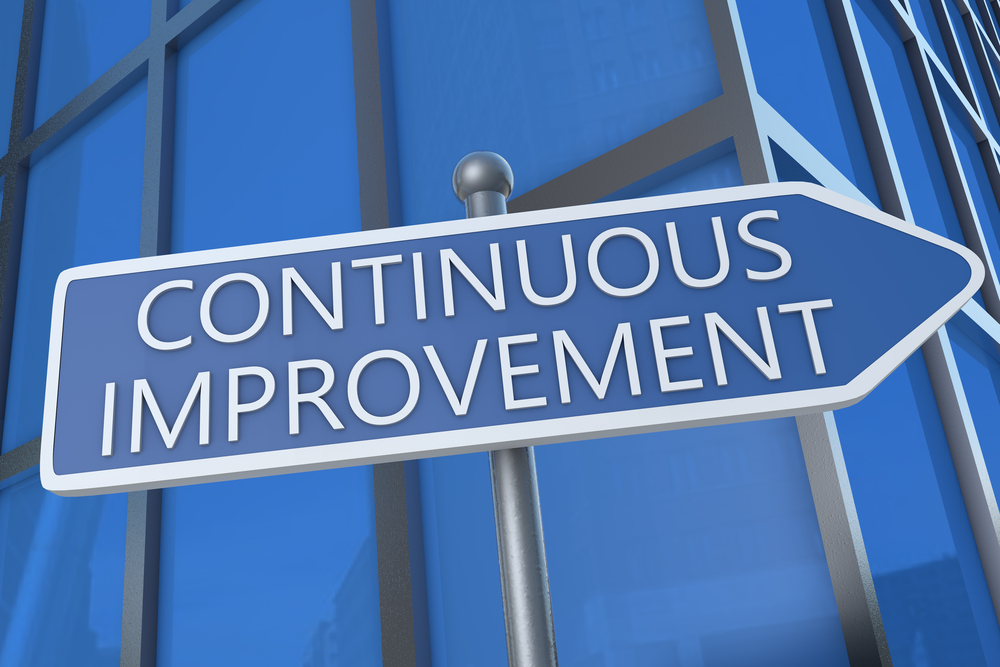
Choosing the Right Methodologies, Tools and Techniques (as appropriate) in Enterprise Excellence Deployment
As Part of a Business Transformation and Enterprise Excellence strategy, how can the tools of Operational Excellence be integrated into Business Strategy?

Maximizing the Value of Your Product Backlog (Part Two)
The Product Backlog is the heart of defining any Agile solution. The requirements that are identified in the Product Backlog drive the priorities that the Agile development team works on, they establish the scope of the delivered solution, and they ultimately determine the business value that the organization will receive from their Agile investment.

Deploying Metrics in an Operational Excellence Initiative
Implementing operational excellence so that the organization benefits is an important question that needs close examination. An operational excellence initiative requires many elements. The model requires the implementation of:
1. Program—What are you deploying and how will you manage it?
2. Leadership—How will leadership lead the program?
3. Processes—What will you be improving?
4. Measurements—How will you know when you are successful?
5. Projects—How will improvement work be parsed into actionable and manageable units?
6. People—After these steps have been thoroughly planned and evaluated, what you have learned will be the foundation for:
7. Strategy—How will you deploy the initiative?

Going digital or going bananas
What is clear that every company, no matter what industry needs to “go digital” to reduce costs and improve customer experience. For some industries, it is revolution rather than evolution. “Digital” is more than just driving efficiencies, it is reevaluating business models. As whilst digital can improve efficiencies it is eroding margins at a faster rate.
Nature is a great teacher. Think about the structure of plants and shells and the Fibonacci sequence. Or the strength of the honeycomb structure. These are math and engineering. But a bunch of bananas can teach us about going digital and business change. Seriously?
A bunch of bananas

Building an Enterprise Process Map (part 2 of 2)
In the prior article, Enterprise Process Map (Part 1 of 2), I promoted enterprise process maps as a tool to enhance operational clarity and create a shared view of a company’s capabilities. It is this shared perspective that accelerates business planning and improvement activities as the time to get everyone on the same page is vastly reduced. In lieu of such a foundational view, leaders setting strategy are essentially planning a road trip without awareness of the roads to the destination.

Outsourcing: The Benefits of Utilizing Freelancers
For many, the idea of offloading work onto others, especially people we don’t really know, is a difficult idea. The thought of entrusting a stranger with any part of our business seems like a disaster waiting to happen. But even the biggest and best find ways to delegate their workload, often to employees who may not have the motivation to get the job done well.
Often we are bogged down under deadlines, huge reports, and marketing pushes to really take a look at the bigger picture. We get used to the idea of working under pressure, and it’s common knowledge that stress and poor time management can lead to sometimes costly mistakes. Escaping from this mindset enables us to take a long view at how we delegate our tasks, and that actually, outsourcing is a vital tool to freeing us to concentrate on the core business.
Control

How to Visually Represent Your Project Data and Choose a Report Type
Data can tell us so many stories – we get to learn from it and make conclusions that we otherwise wouldn’t. The key to getting the most out of data’s capability to tell stories is to share those stories. This is why scientists, business people, sociologists and so on like to show us charts and talk about what they learned.
No matter what kind of data you are dealing with – industry research, public data or proprietary data – the best way to tell its story is to visually represent it.
This is where most misunderstandings happen. People think that they can just throw in a few pie charts into their presentation and that it would make it good. But, the key to getting it right is really just understanding the process.
Why do you need a visual representation?

The Moderating Business Architect: Lessons from the Field
The older you get and the longer you work, the more you start to see recurrences of major events from your corporate past. Scott Adams of Dilbert fame helped us all to realize that this happens in companies everywhere. In the corporate context, a pendulum swing is a metaphor for the dramatic swing from one strategy extreme to the other. Some days I feel like I am in an eternal time loop, cursed to spend my days seeing the same pendulum swinging decisions repeat themselves over and over. This, however, is a great opportunity for business architects to demonstrate value. Business architects are in a prime position to spot these as they materialize, call them out, and help the organization moderate the effects of oscillating positions to ensure consistent progress toward strategic goals. Here are three examples.

Value Chain Map: the heart of good operating model work
I have been teaching an executive course called for four years and the tool that I consider to be most important to good operating model work is something I call a Value Chain Map. For those of you who work on processes, a Value Chain Map is a high-level process map or value stream map: the term value chain coming from the strategy literature. I prefer the term value chain because it reminds me that we are trying to link operations to strategy.

Maximizing the Value of Your Product Backlog (Part One): Gathering the full scope of requirements
The Product Backlog is the heart of defining any Agile solution. The requirements that are identified in the Product Backlog drive the priorities that the Agile development team works on, they establish the scope of the delivered solution, and they ultimately determine the business value that the organization will receive from their Agile investment. The challenge is that most Product Backlogs are based on input from selected stakeholders, rarely representing the full scope of requirements – and constraints – that need to be considered before priorities and business value can be accurately identified.
This is the first of two articles that provide you with techniques for maximizing the value of the requirements in your Product Backlog. This article focuses on ensuring that you have considered the full scope of potential sources for identifying what the solution needs to deliver – and equally what it should notbe delivering.

Mounting Pressure for Better Decisions
We are in a perfect storm for making great decisions and nothing less. There are converging forces that put a premium on better decisions in that organizations are being asked for more in a changing world. At the same time the number of assists that are available to boost better decision making are also emerging quickly. What are these forces and boosts to increase an organization’s ability to make better at the minimum and great decisions at a maximum? The coming decision wars will be at the forefront of success going forward for organizations and individuals.
Forces Affecting Decisions:
Business Contexts Shifting Faster
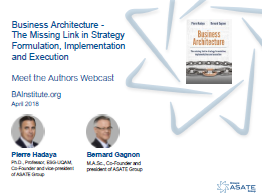
Meet the Author: Business Architecture – The Missing Link
History has shown that having a competitive advantage is critical to the success and long-term viability of all organizations. To create and sustain such an advantage, organizations must formulate a winning strategy, surpass competitors at implementing and executing it, and excel at continuously adapting it in response to internal and external events. Although numerous best practices have been adopted by organizations over the years to help them succeed in their strategic endeavors, 50 to 90% of strategic endeavors are still considered failures. That is why we have spent 5 years devising an innovative approach to help organizations address the causes of the difficulties they face during their strategic efforts.

Robotics is a GO, now what?
The Future Is Now
Many companies are making the decision to step forward and implement various forms of Digital Process Automation, namely some version of Robotics Process Automation (RPA). There is a spectrum of Automation (Exhibit 1), from simple tasks that “bots” can easily handle to Artificial Intelligence. RPA is the next generation of process automation, moving from scripts and macros, to automating repetitive activities. Companies are choosing where to jump in and how to stand up to the new business capability.

Exhibit 1


